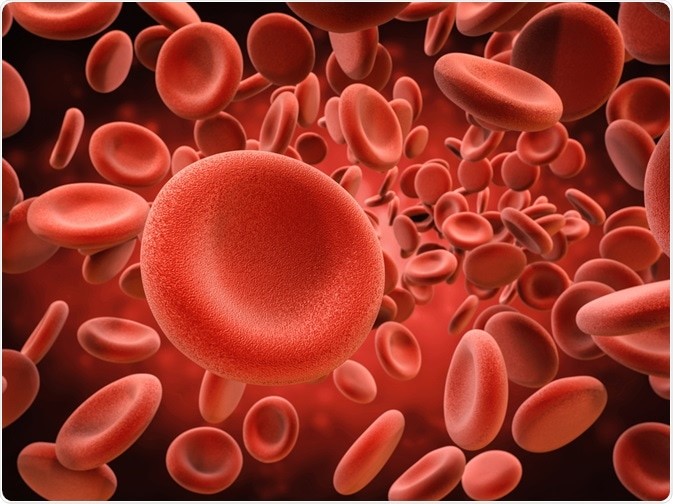Free Courses Sale ends Soon, Get It Now


Free Courses Sale ends Soon, Get It Now



Disclaimer: Copyright infringement not intended.
Context
Details
Key Findings
Significance
About
Structure of Red Blood Cells
Functions of Red Blood Cells
Production of Red Blood Cells
Lifespan of Red Blood Cells
Red Blood Cell Disorders
Significance in Healthcare
Conclusion
In conclusion, red blood cells are vital components of the circulatory system, responsible for oxygen transport and maintaining overall health. Understanding their structure, functions, production, and associated disorders is essential for healthcare professionals and individuals seeking to maintain a healthy lifestyle.
|
PRACTICE QUESTION Q. Which of the following statements about Red Blood Cells (RBCs) is/are correct? 1. RBCs have a nucleus that contains hemoglobin. 2. The primary function of RBCs is to transport oxygen from the lungs to the body's tissues. 3. RBCs have a lifespan of approximately 180 days in the bloodstream. Options: A) All three statements are correct. B) Only statements 1 and 2 are correct. C) Only statement 2 is correct. D) None of the statements are correct. Answer: C) |
© 2024 iasgyan. All right reserved